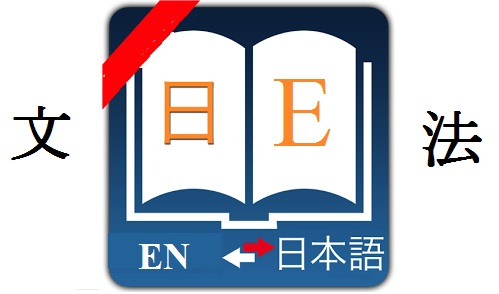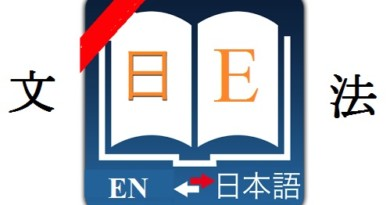Japanese かくして grammar kakushite
Let’s learn Japanese かくして grammar kakushite :
Formation :
Stand at the beginning of the sentence.
Meaning and how to use :
To express a result, consequence when it occurs.
For example
かくして何千年も続けていた封建制度はもう終わった。
kakushite nan sen nen mo tsuzuke te i ta houken seido ha mou owatu ta
So, the feudal system lasting for thousands of years has collapsed.
かくして民主制度がある国は革命が起こって、共和制度になった。
kakushite minshu seido ga aru kuni ha kakumei ga okotu te kyouwa seido ni natu ta
So, democratic countries have revolutionzed and become republic.
かくしてこの革命のリーダーが賢明ですが、自分の勢が弱いので失敗しました。
kakushite kono kakumei no rida ga kemmei desu ga jibun no zei ga yowai node shippai shi mashi ta
The leader of the revolution is insightful, yet our forced is weak so we lost.
かくして戦争が起こって、国が大きい損失を受けた。
kakushite sensou ga okotu te kuni ga ohkii sonshitsu wo uke ta
So, war has broken out and nations suffered from great damage.
かくしてリーダーが突然なくしたって運動が弱くなってしまった。
kakushite rida ga totsuzen nakushi ta tte undou ga yowaku natu te shimatu ta
The leader suddenly died, the movement weakened.
Note: This structure is used in solemn writing, such as explanation of history. We can also say「かくて」
Above is Japanese かくして grammar kakushite. If you don’t understand the signs we used in formation, you can find their meaning here : signs used in Japanese grammar structures.
You can search the structure you want by using the search tool on our website (using key : grammar + ‘structure name’ or you can find more Japanese grammar structures in the following category : Japanese grammar dictionary
